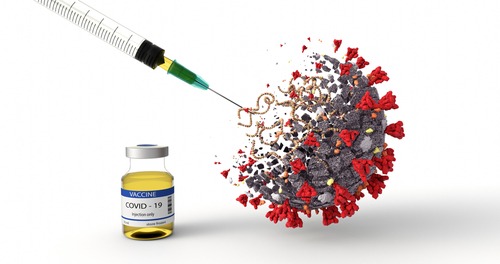
The Independent Allocation of Vaccines Group (IAVG), a manager of needs-based allocations for the global COVAX initiative, criticized rich nations last week for hoarding COVID-19 vaccines and issued steps to achieve a new goal of 70 percent immunization coverage by mid-2022.
“As the overall vaccine supply to COVAX is anticipated to continue to grow substantially next year, COVAX will have a greater opportunity to contribute to achieving this goal,” IAVG said in a statement. “Manufacturers, vaccine-producing and high-coverage countries must prioritize vaccine equity and transparency, including the sharing of information about manufacturing capacity and supply schedules with COVAX, as well as vaccine access plans.”
This will be imperative, in the group’s view, to achieve 70 percent vaccination across all countries. To date, however, one of the main difficulties in achieving this has been rich nations essentially sidestepping COVAX and, in IAVG’s words, hoarding doses for their populations and cutting deals directly with low and middle-income countries. Without a centralized approach, allocation decisions have become trickier and caused fears that vaccination goals do not align with actuality.
The IAVG has validated the allocation of just 730 million doses administered globally, less than 10 percent of the 8 billion supposedly given.
As a result, the organization called not only for the 70 percent vaccination mark but also for all countries to quickly cooperate with COVAX to optimize the strategic use of the vaccine supply. It seeks greater scrutiny of who is being immunized and prioritizes primary immunization to guarantee equity. This would require high-coverage countries to pursue dual-track vaccination approaches, considering both domestic and international goals.
Lastly, IAVG also urged a steady, predictable supply of COVID-19 vaccines to meet various countries’ individual needs and that each is given their due when considering prohibitive challenges. Such support could include areas of vaccine storage, distribution, administration, or record-keeping. This also re-emphasizes the importance of collaboration and a greater crackdown on vaccine misinformation worldwide.
So far, no vaccination targets set by the World Health Organization (WHO) and COVAX have been met. Initially, COVAX targets were to achieve 3 percent coverage and then 20 percent by the end of 2021. WHO expanded those targets to a 40 percent total population coverage by the end of 2021, followed by 70 percent coverage by mid-2022. Of participants, 98 countries have not yet vaccinated 40 percent of their population, and low and lower-middle-income nations remain the most vulnerable.

